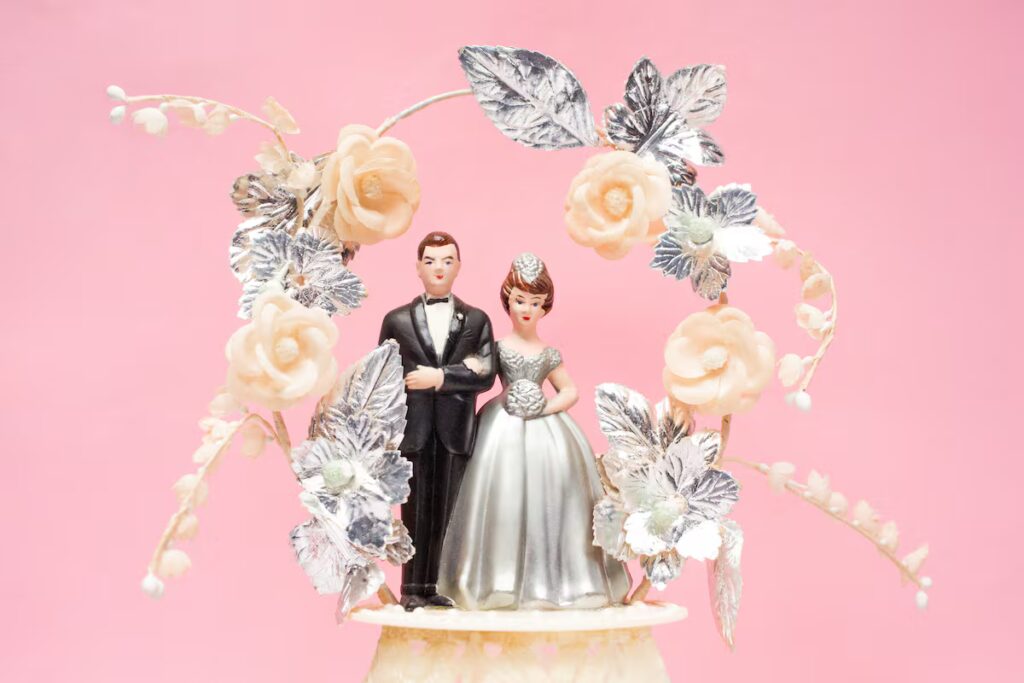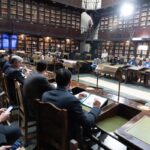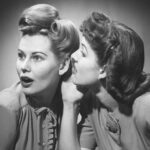Table of Contents
ToggleDiane von Furstenberg’s Unique Marital Story with Barry Diller
Diane von Furstenberg, the renowned fashion designer, made headlines by revealing, “I married two gay men,” referring to her long-term relationship with Barry Diller and her previous marriage to Prince Egon von Fürstenberg. This revelation came as Diller publicly identified as gay in his memoir, Who Knew (Simon & Schuster, 2025). Despite their 24-year union, there have been insinuations that their relationship is more of a facade. Diller addressed this in his memoir, stating, “For decades I’ve read about Diane and me being best friends rather than lovers. We weren’t just friends. Yes, I liked men too, but that didn’t conflict with my love for Diane.”
Exploring Mixed-Orientation Relationships
A recent article in The Washington Post titled “He’s gay. She’s straight. They’re happily married” highlighted the growing acceptance of mixed-orientation relationships among diverse couples, such as Jacob Hoff and Samantha Greenstone. They describe their union as one that transcends traditional norms, embracing different sexual preferences while celebrating love. Greenstone remarked, “Jacob and I are soulmates. Our mixed orientation reflects how love is love.”
Understanding Relationship Dynamics in Mixed-Orientation Unions
Jacob Hoff emphasized the emotional connection in these relationships, stating, “It’s a soulful connection.” Their relationship echoes narratives familiar in popular culture, such as the episode from Sex and the City featuring a gay man marrying a woman, raising questions about the norms surrounding partnerships.
The Social Context Behind Mixed-Orientation Relationships
Andrea Proenza Zoroquia, author of Cartografías del deseo amoroso, explains that mixed-orientation relationships are not solely a contemporary phenomenon. Historically, they provided a means for individuals to access the privileges of traditional heterosexual unions. While societal acceptance has progressed, she argues that these relationships can stem from ongoing cultural conservativism that perpetuates established norms.
Iván Gómez Beltrán, a historian and expert in gender studies, identified the increasing appeal of these partnerships as a response to flaws in traditional romantic relationships. He noted, “These unions reflect a social context characterized by disconnection and a desire for emotional intimacy beyond traditional frameworks.”
The Intimacy Question: Do Mixed-Orientation Relationships Involve Passion?
Hoff and Greenstone affirm the presence of intimacy in their partnership. They clarified the nature of their relationship following Greenstone’s pregnancy, stating, “We have sex. I can maintain my identity as a gay man, even though my partner is a woman.” This raises critical questions surrounding passion and fidelity in mixed-orientation unions.
Literature also reflects these dynamics. In Camila Sosa’s novel, Thesis on Domestication, the protagonist marries a gay man while navigating a sexually active relationship, revealing the evolving understanding of marriage and intimacy in contemporary society.
Innovative Affective Dynamics
Editor Tricia Cooke and director Ethan Coen illustrate the complexity of relationships that blend sexual and emotional elements. They maintain a polyamorous partnership while their individual identities remain intact. Juan Carlos R. de la Blanca, a psychologist, noted that securing emotional needs does not necessarily require a singular relationship, thus facilitating various forms of connections.
Challenging Social Norms and Hierarchy in Relationships
Proenza Zoroquiaia emphasizes that acknowledging friendships in the context of romantic relationships can be revolutionary. Recent literature redefines the significance of friendships as equal to romantic bonds, thereby decentralizing traditional views on love and intimacy. This shift invites a rethinking of social norms that dictate the structure of modern relationships.
Gómez Beltrán added that these evolving partnerships should question existing relationship hierarchies, indicating the need to reassess the significance attributed to different types of connections.
Conclusion
The rise of mixed-orientation relationships reflects changing social dynamics and demands for emotional connectivity beyond traditional structures. As these unions continue to gain visibility, they challenge conventional expectations surrounding love and intimacy in contemporary society.











